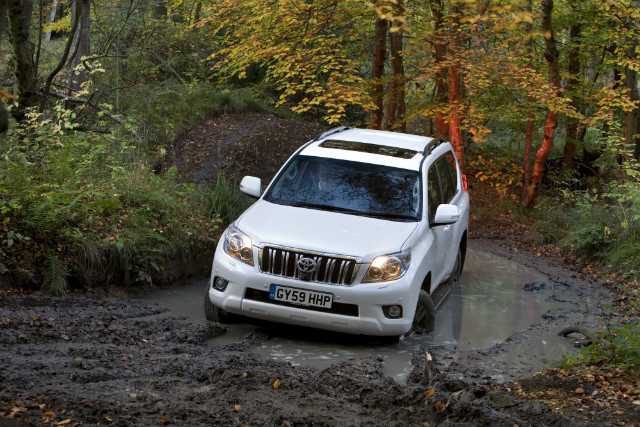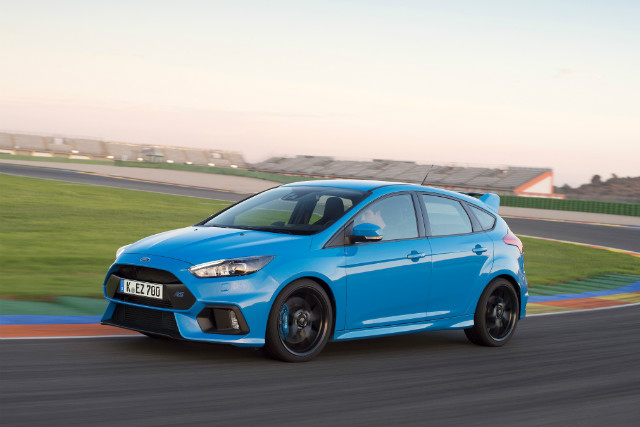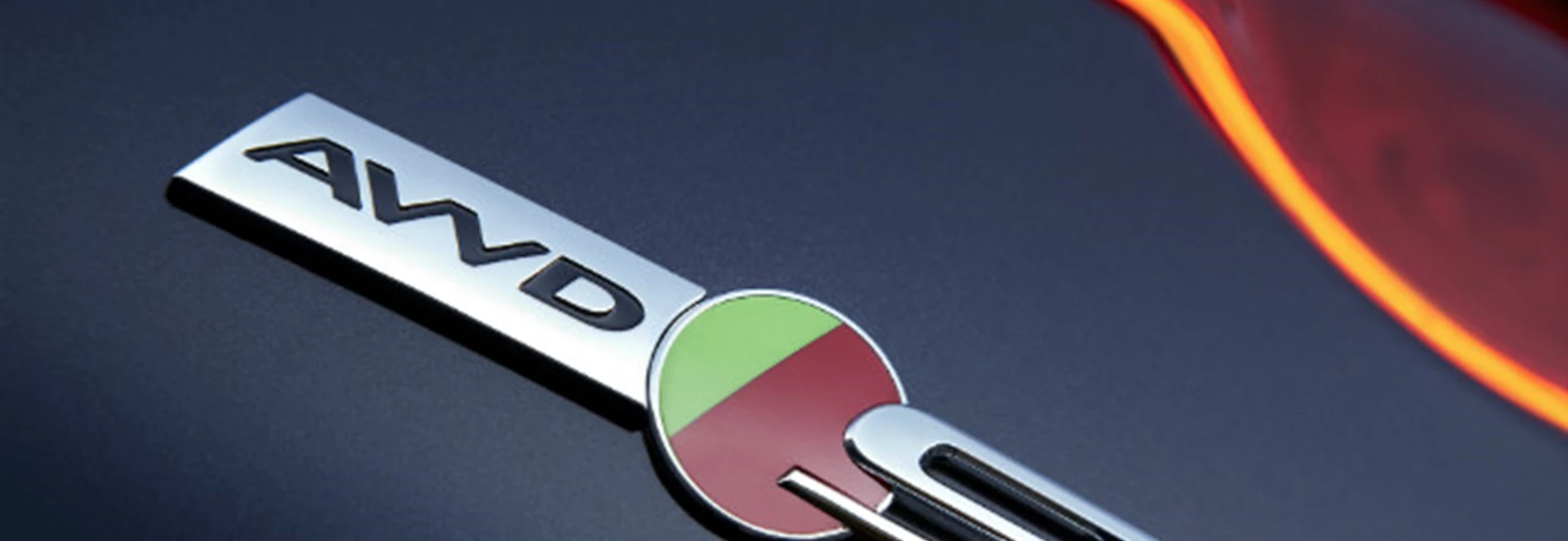When reseraching new cars, you may have come across both the terms 'four-wheel drive' and 'all-wheel drive'. But are you familiar with the differences between a four-wheel drive and all-wheel drive powertrain?
You can also check out our separate guide on how front, rear and four-wheel drive differ.
Four-wheel drive explained

Four-wheel drive (4WD) is most commonly found in large SUVs, but different manufacturers use different types of four-wheel drive powertrains - some more sophisticated than others.
The basic idea with all four-wheel drive powertrains is that power is split mechanically between the front and rear axles, allowing torque to go to each of the car’s wheels.
A problem can potentially emerge with such a set-up while turning a corner on the road. The issue is that while a car is turning, the inside wheel has to turn slower than the outside wheel, which is covering more ground. If the inside wheel is unable to do this it will compromise the car’s handling.
Most modern four-wheel drive powertrains do get around this issue by only actually utilising four-wheel drive when the driver needs it.
In many current SUVs, a selector lever or switch will be found which allows the driver to switch the car to front-wheel drive only while on a public road. They can then switch to four-wheel drive once they hit off-road terrain.
Because off-road driving tends to be done at a low speed, many cars with this type of powertrain will automatically switch to front-wheel drive when they go over a certain speed limit.
How is all-wheel drive different?

All-wheel drive (AWD) is a more recent invention than four-wheel drive and it’s a more complex type of powertrain.
The biggest difference with AWD is that it is always active. Small crossovers, estates and performance cars which can send all power to four wheels tend to use an AWD powertrain.
The driver of an AWD car does not need to use a switch or lever to alternate between front or four-wheel drive modes. Instead, an AWD car can adapt automatically to the current driving situation by splitting power between individual wheels. Cars of this type react to splipping wheels by sending power to those with more grip. In normal road driving, power is sent almost entirely to the front wheels to improve economy.
Is one better than the other?
While all-wheel drive works well in a larger variety of conditions, there are some efficiency penalties compared with a front-wheel or rear-wheel drive set-up. While a car with four-wheel drive is theoretically more efficient if it can run in just two-wheel drive while on the road, the extra weight of a heavy duty four-wheel drive system tends to mean they also have a fuel economy penalty.
If you plan on doing a lot of off-road driving in your car, it is best to go for one that has a four-wheel drive powertrain.
If you expect to do the vast majority of driving on the road though, then a car with AWD is probably better suited. A car with an AWD powertrain can prove particularly useful during the winter months when rain, frost, ice and snow means there is less grip on the road.




